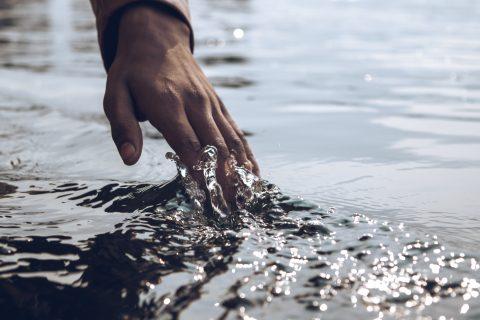Water Stewardship Collaboration
The Water Stewardship Collaboration
Water Stewardship Collaboration concept was originally developed to protect Finland’s most important drinking water source, Lake Päijänne, which supplies drinking water to 1.5 million people. The Päijänne watershed is threatened by the activities of industry, peat production, forestry & agriculture and population centers.
LEW detectors were installed at industrial and municipal wastewater treatment plants and at both ends of the 130km Päijänne Water Tunnel to detect emerging chemical threats. In addition, a Päijänne-wide water quality map was produced by scanning the lake with a LEW detector attached to a boat. The results were verified by taking 120 water samples and subjecting them to 2,500 laboratory analyses.
A particularly notable observation was that the waste water that had been discharged into the lake tended to move around in clouds, without dispersing, and this posed a considerable chemical risk to water users. A further important discovery was the extent to which the quality of the water changed within the Water Tunnel, which runs through bedrock. It was also seen that there was a clear need to ensure the quality of the tunnel water in real time.
The results of the Päijänne project confirmed the need to fill the gaps left by conventional hit-and-miss laboratory analyses, in order to detect emerging chemical threats and to mitigate risks.
As resources dwindle, there is a growing need for more efficient methods of assuring water security and guaranteeing the sustainability of drinking water supplies. There is also a clear need for wider cooperation to ensure the protection of water resources. Industry, utilities, municipalities and communities are all stakeholders which have an equal interest in resolving water-related issues.
Water Stewardship Collaboration brings stakeholders together to find mutually beneficial solutions to water related challenges. It forms the cornerstone of the sustainable management of shared water resources.
Ask for more information from our experts
The Lake Päijänne project showed Water Stewardship Collaboration
- to be a cost-effective way of increasing responsible water use in a catchment area and of improving the sustainability of drinking water resources at a local level
- to increase companies’ understanding of the impact of their own activities on shared water resources
- to improve process efficiency without the need for major investment
- to mitigate chemical threats and risks
- to be an easy way to promote efficiency; a major contributor to the deployment of Best Available Technologies (BAT)